The shoulder is one of the most moveable joints in the body; therefore, it can sometimes get unstable. As common as shoulder injuries may be, they still significantly affect your daily operation and even your quality of life.
Several factors may cause injury to the shoulder. Fortunately, with the knowledge of the underlying cause of shoulder injury and the right approach, professionals can successfully rehabilitate your shoulder and regain strength, mobility, and function. In this article, we will examine how Dynamic Physiotherapy can help to rehabilitate your injured shoulder.
Table of Contents
Causes of Shoulder Injury
Some of the common causes of shoulder injury include:
- Trauma: Direct shoulder trauma from falls, sports, and motor accidents can lead to shoulder injury.
- Overuse and repetitive motions: Overusing the shoulder due to occupational demands, athletic activities, or improper exercise techniques can lead to shoulder injuries.
- Degenerative conditions: Degenerative medical conditions such as rheumatoid arthritis, osteoarthritis, rotator cuff tendinitis, etc, are all major causes of shoulder injury.
- Structural abnormalities: Abnormalities in the structure of the shoulder, such as shoulder instability, labral tears, shoulder impingement, etc, lead to shoulder injuries.
Risk factors for a shoulder injury include old age, participation in sports and physical activities, occupation and work-related factors, poor posture and body mechanics, previous shoulder injuries, genetics, and family history, obesity, and other certain medical conditions.
Symptoms of Shoulder Injury
Some common symptoms of shoulder injury include:
- Dull, aching, or sharp pain.
- Limited range of motion.
- Weakness and instability.
- Swelling and inflammation.
- Clicking or grinding sensations.
- Numbness or tingling.
- Obvious shoulder dislocation or subluxation.
Types of Shoulder Injury
The following are the different types of shoulder injuries that may be caused by several factors:
Rotator Cuff Injury
The rotator cuff consists of a group of tendons and muscles that stabilize and facilitate shoulder movement. As useful as the rotator cuff is, it is susceptible to injury, such as tears. There may be a partial or total tear in the rotator cuff due to repetitive overhead activities, aging, or acute trauma. Rotator cuff tears can lead to acute pain, limited range of motion, difficulty performing normal tasks, etc.
Shoulder Dislocation
Shoulder dislocation occurs when the upper arm bone pops out of its socket. This may occur as a result of direct trauma to the shoulder from a fall, sports activity, or accident. Symptoms of a dislocated shoulder include severe pain, swelling, visible misalignment of the shoulder, inability to move the arm, etc.
Frozen Shoulder
A frozen shoulder leads to stiffness and pain in the shoulder joint as a result of inflammation and thickening of the joint capsule. A frozen shoulder commonly occurs after an injury, surgery, or due to a medical condition.
Shoulder Impingement
This occurs due to the compression of the tendons of the rotator cuff and the subacromial bursae between the bones of the shoulder. An impinged shoulder is usually the result of repetitive overhead activities, structural abnormalities, and muscle imbalances. Symptoms of shoulder impingement include weakness, pain while carrying out normal activities, limited range of motion, etc.
Other types of shoulder injuries include shoulder bursitis, sprains and strains, shoulder tendinitis, shoulder arthritis, fractures, labrum tears, etc.
Rehabilitation for Shoulder Injury
Proper rehabilitation in Okotoks, AB, is needed to overcome the challenging problems of shoulder injuries. Physiotherapy is indispensable in rehabilitation by providing targeted exercises and other beneficial practices to restore shoulder function, alleviate pain, and prevent future injuries. Physiotherapy components that are employed for injury rehabilitation in Okotoks include:
Assessment and Diagnosis
This is the first step in the process of injury rehabilitation in Okotoks. A physiotherapist will examine your condition, assessing factors such as your range of motion, strength, stability of the shoulder, etc., to determine the underlying causes of your shoulder injury. This assessment is very important because it is the basis for formulating an individualized treatment plan tailored to your specific needs.
Pain management
Shoulder injuries usually come with much pain; therefore, pain management is an important part of rehabilitation. Physiotherapy in Okotoks, AB, aims to reduce inflammation and pain associated with shoulder injuries through methods such as heat or cold therapy, transcutaneous electrical nerve stimulation (TENS), etc. Also, the use of anti-inflammatory medications may be recommended.
Exercise Programs
An individualized exercise program is one of the most crucial aspects of shoulder injury rehabilitation in Okotoks, AB. Your exercise program may include different types of exercises during shoulder injury rehabilitation. These exercises serve different purposes, such as increasing the flexibility and mobility of the injured shoulder joint (range of motion exercises), strengthening the muscles around the shoulder joint (strengthening exercises), etc. Examples of exercises that facilitate the rehabilitation of a shoulder injury include pendulum swings, stretching, rotator cuff exercises, the use of resistance bands, bodyweight exercises, etc.
Manual Therapy Techniques
Physiotherapists may use various techniques to promote healing, alleviate pain, and improve shoulder function. These techniques may help to improve tissue flexibility, reduce muscle tension, restore joint mobility, etc. These Okotoks’ physiotherapy techniques may include passive stretching, soft tissue massage, joint mobilization, myofascial release, etc.
Other components of shoulder injury rehabilitation include balance training, functional rehabilitation, lifestyle modification, education and counseling, etc.
Conclusion
Shoulder injury rehabilitation may be a long and tedious process; however, it must be undergone to restore the shoulder’s function fully. At Dynamic Physiotherapy, you can undergo proper rehabilitation that allows you to return to your normal activities without pain or discomfort in little to no time.








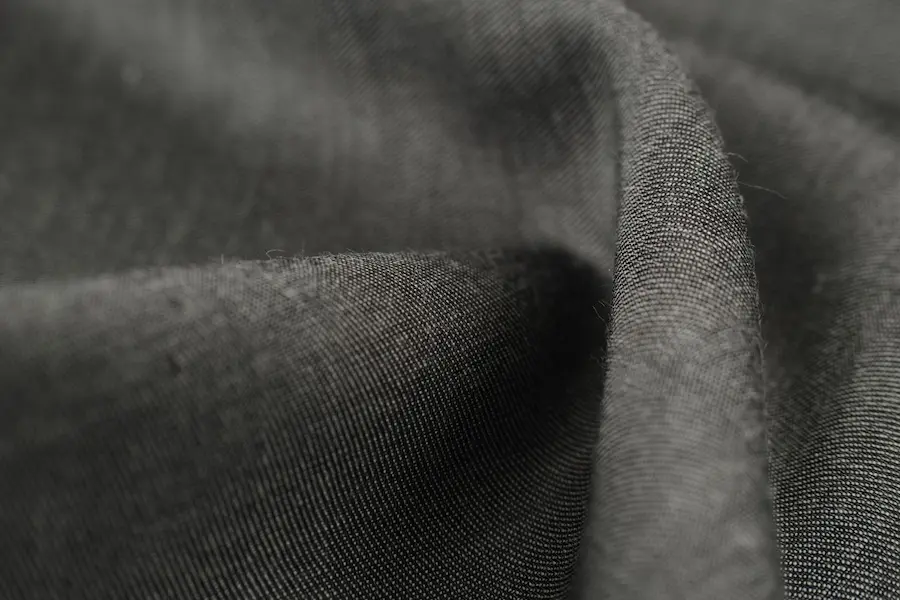


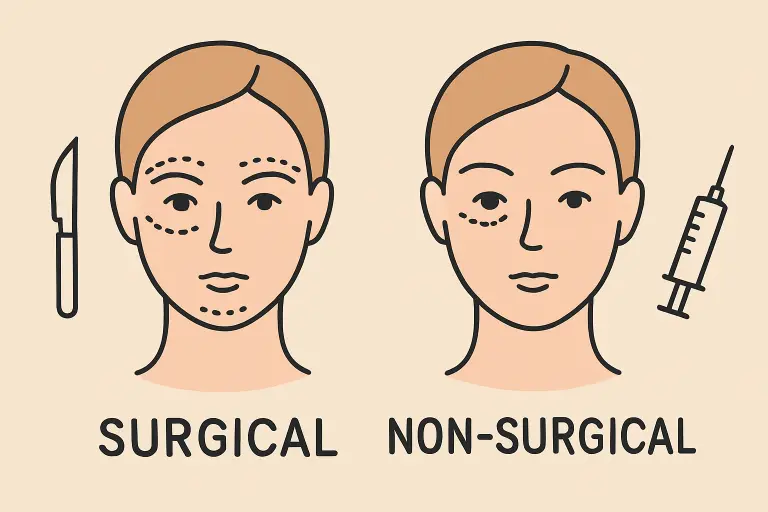



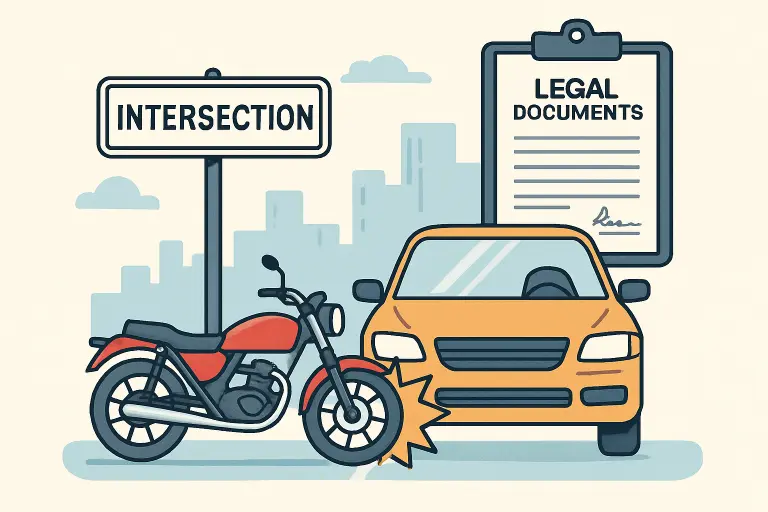








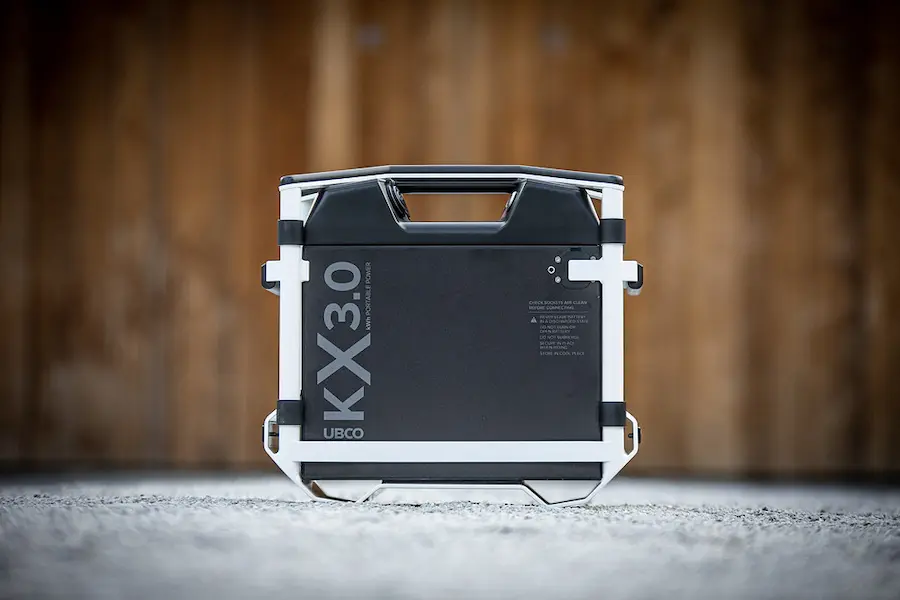
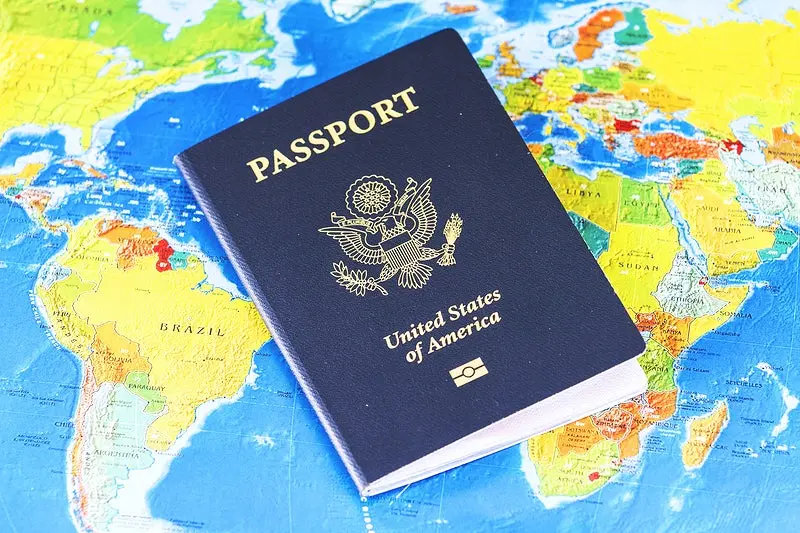
















































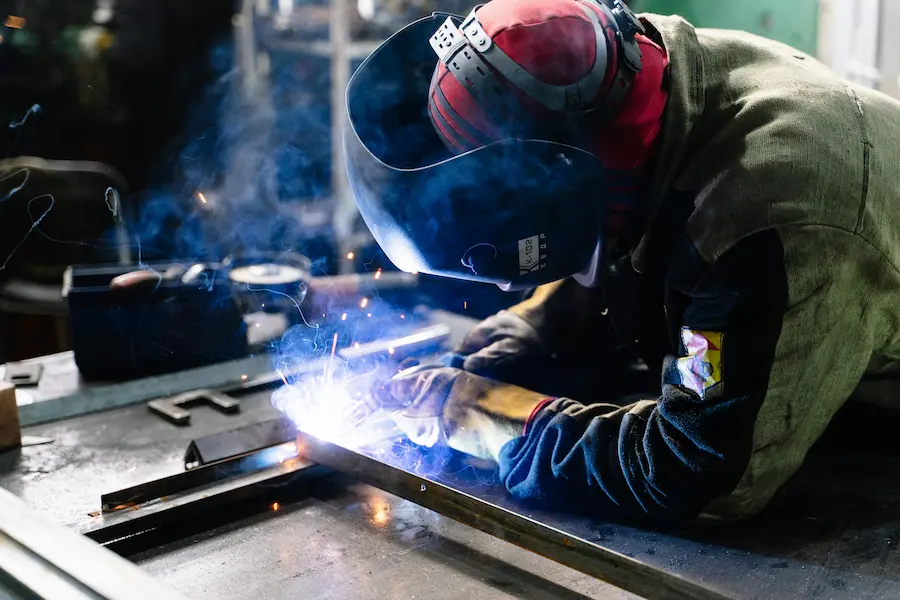





















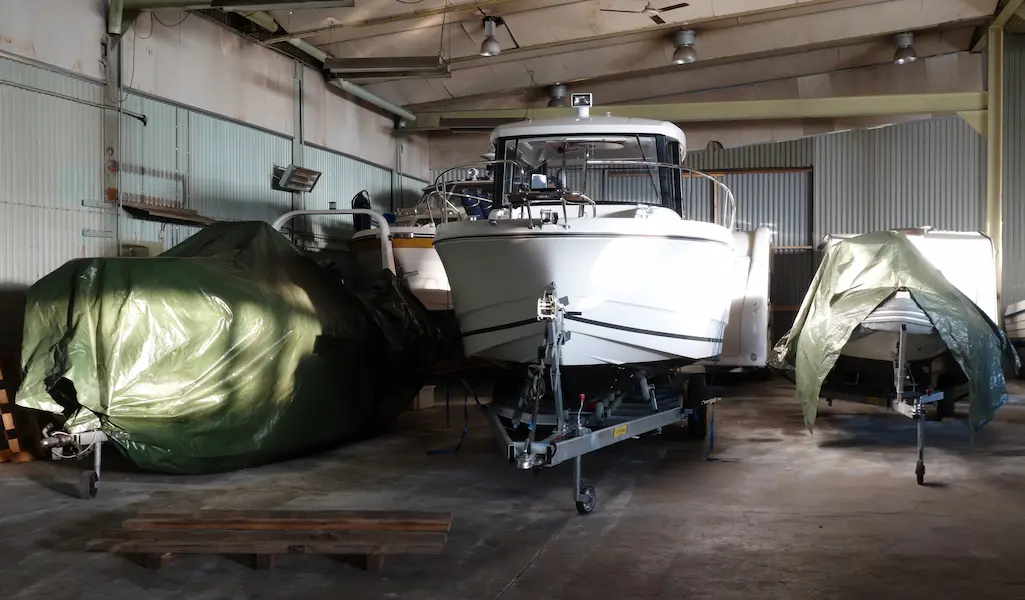




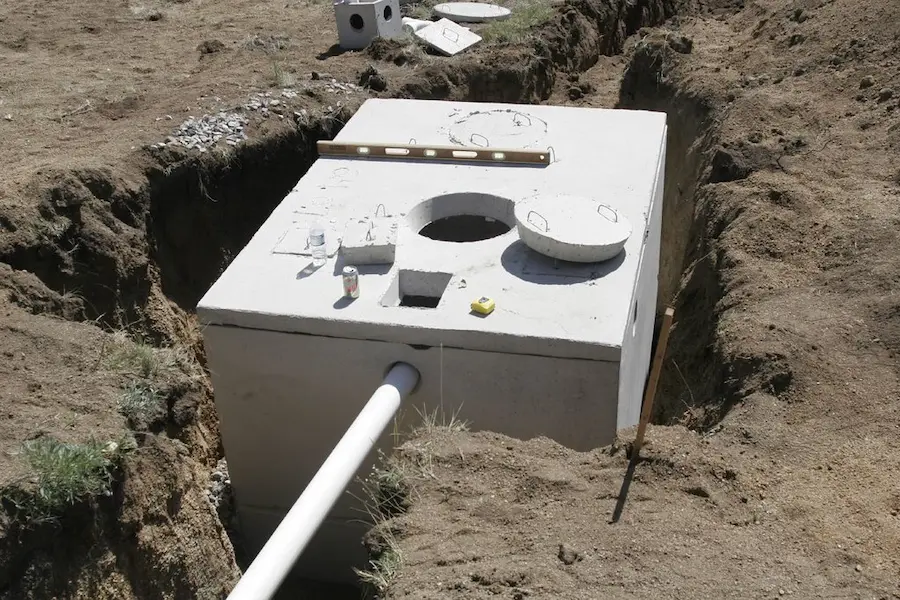



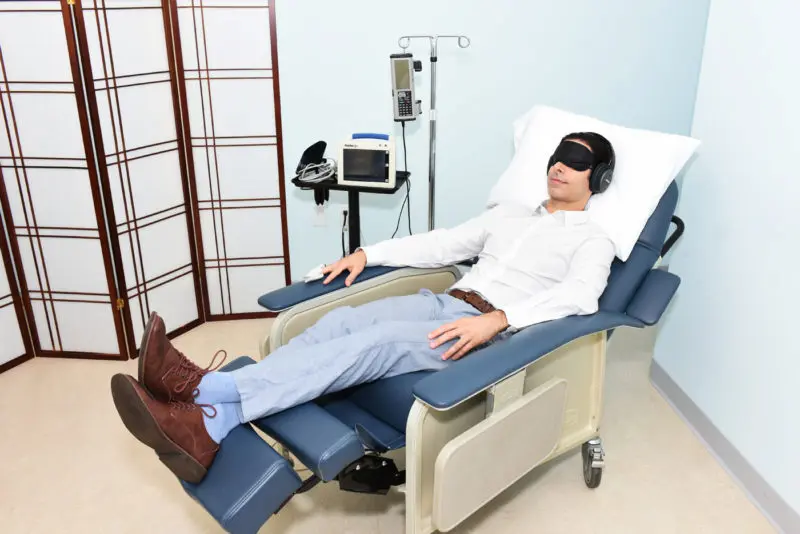





































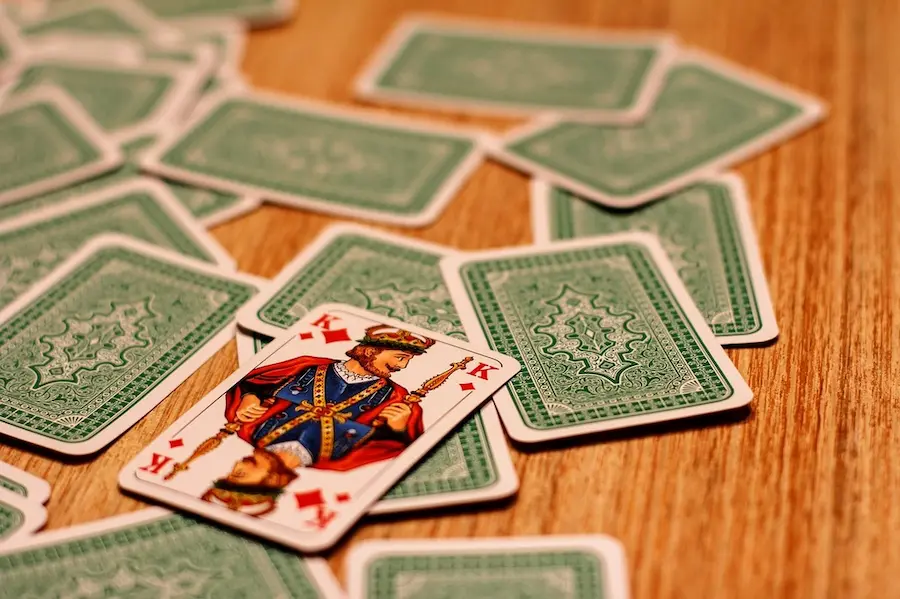







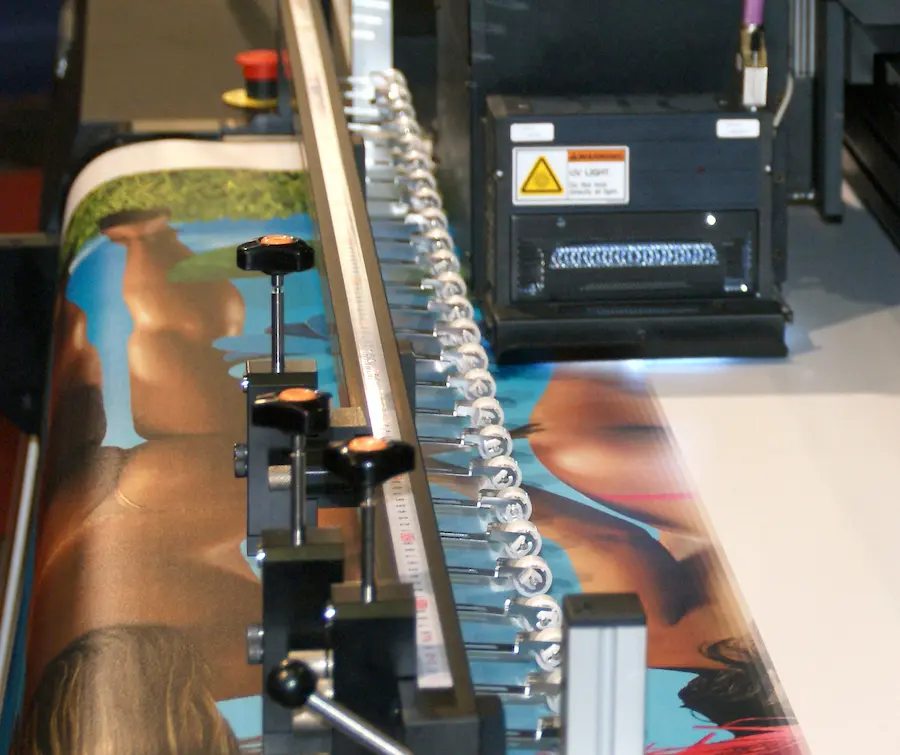






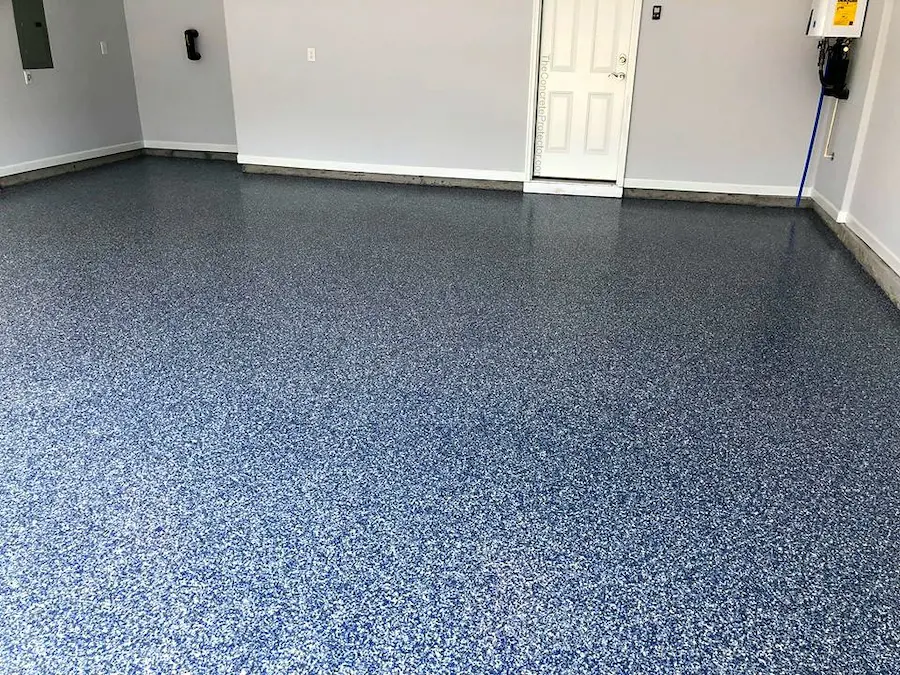



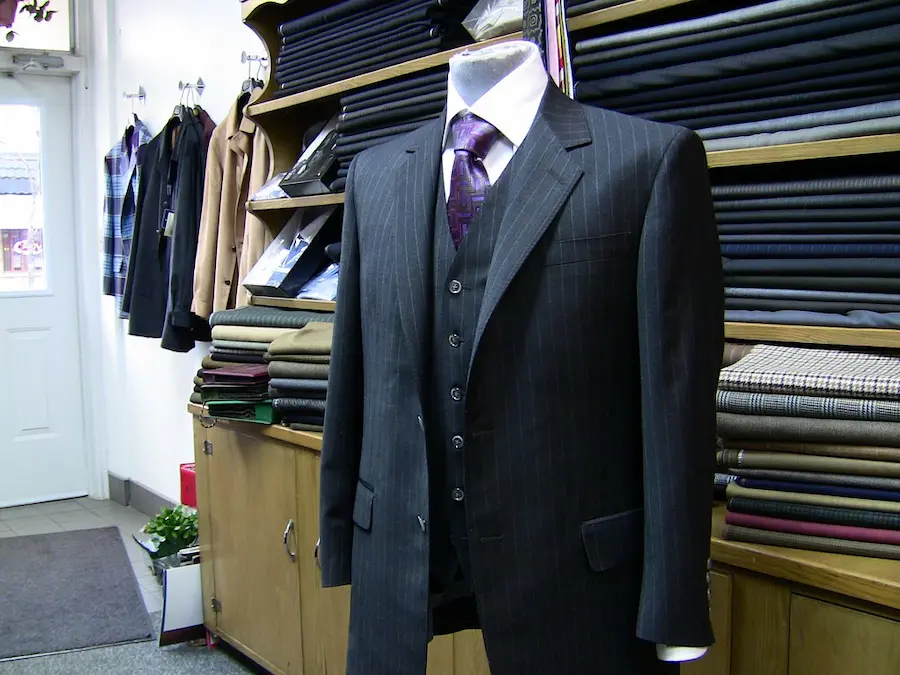
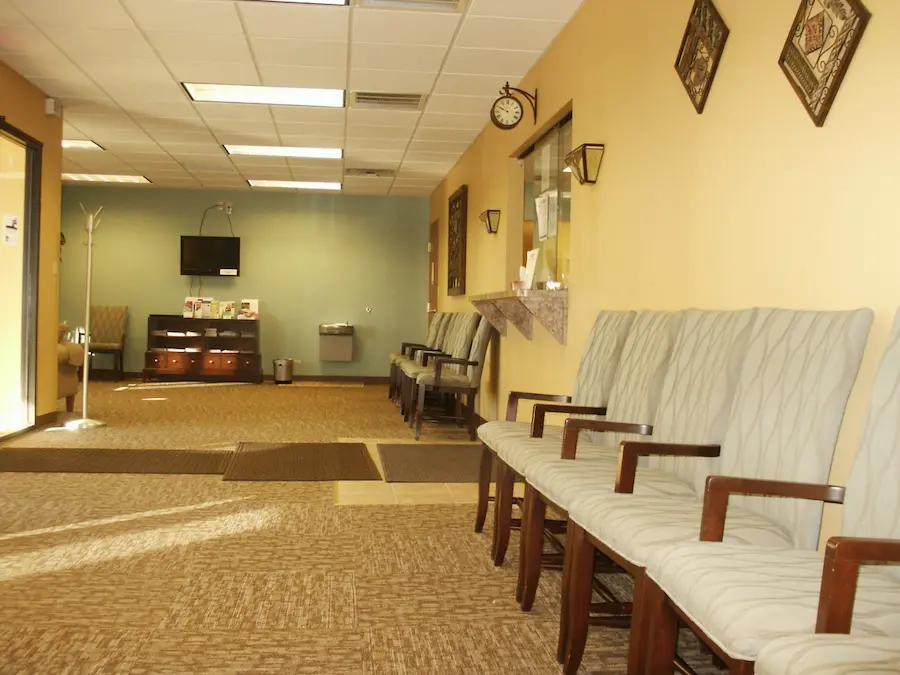










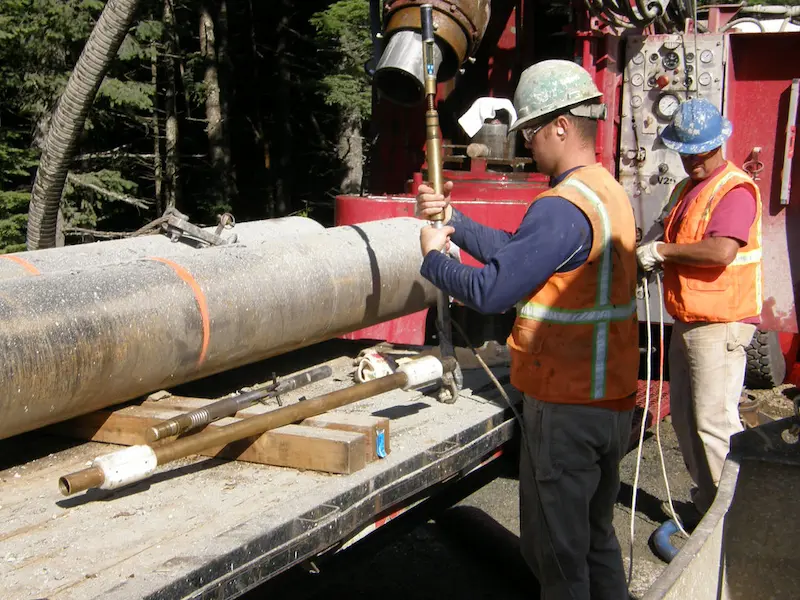













































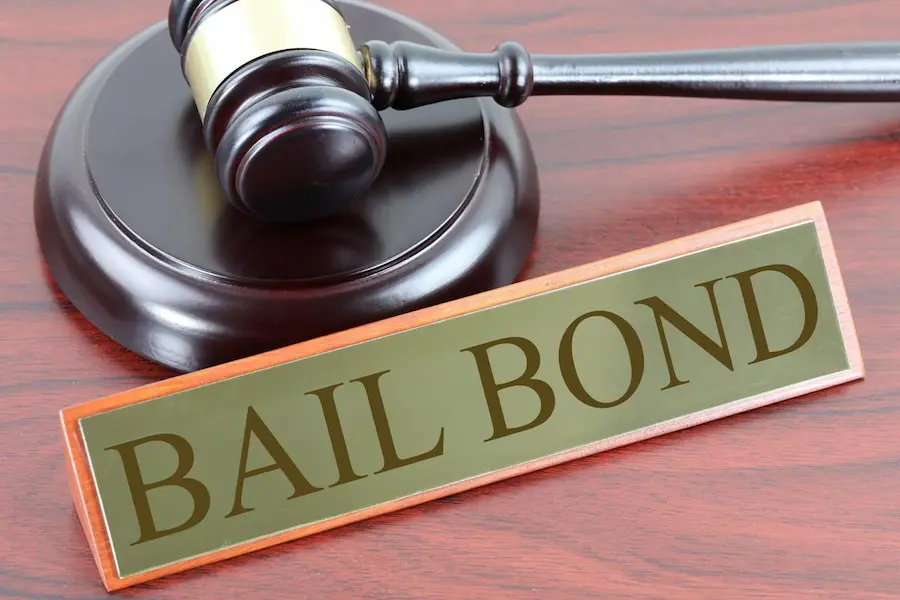








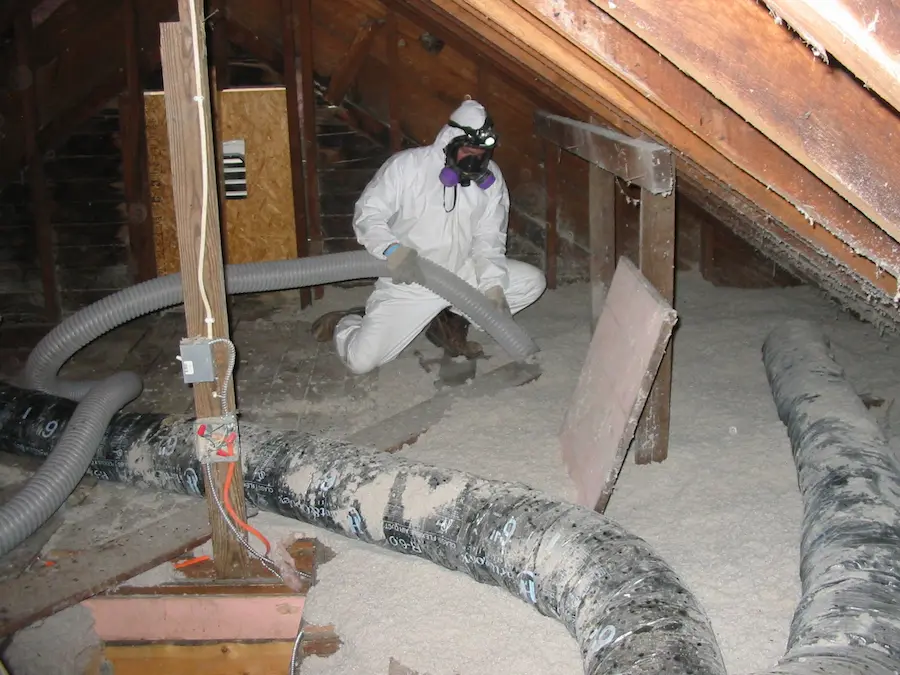
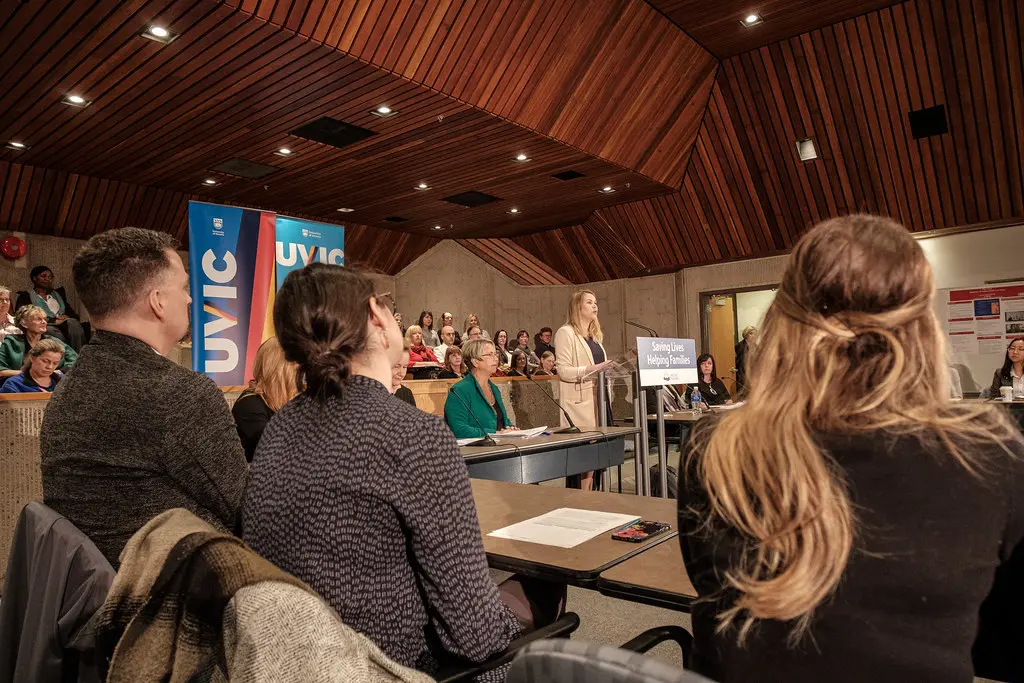





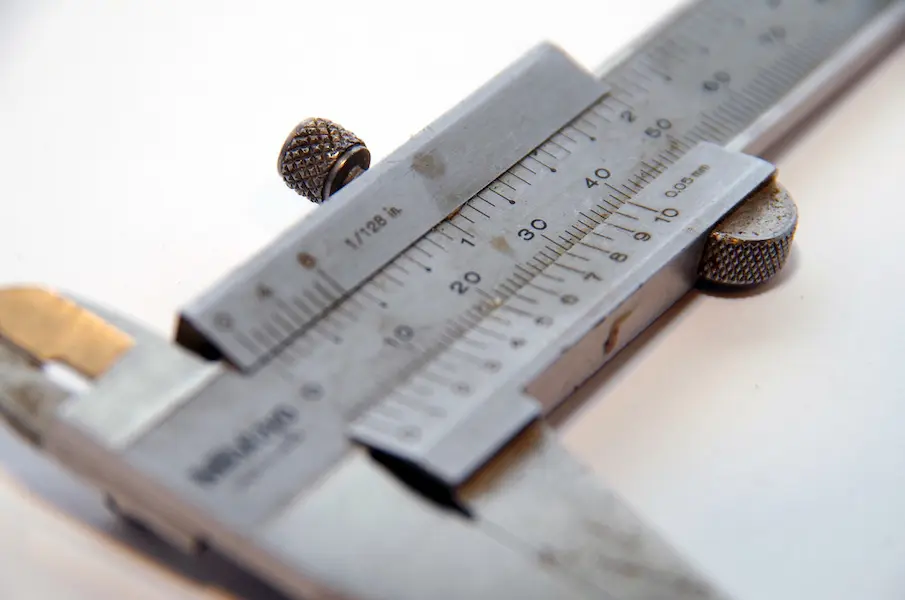
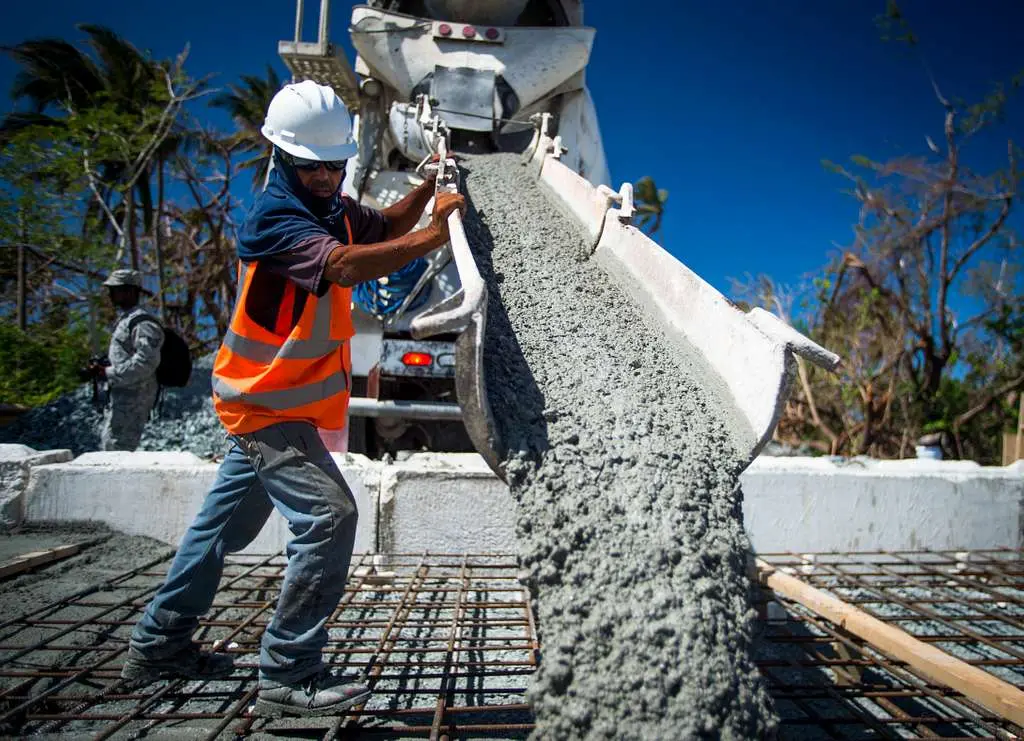









































































































































































































































































































































































































































































































































































































































































































































































































































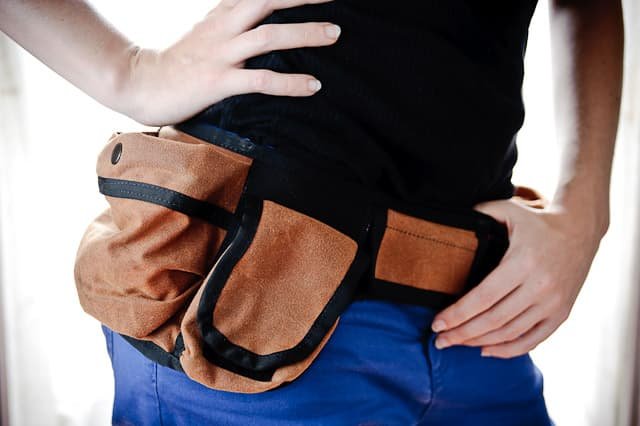
































































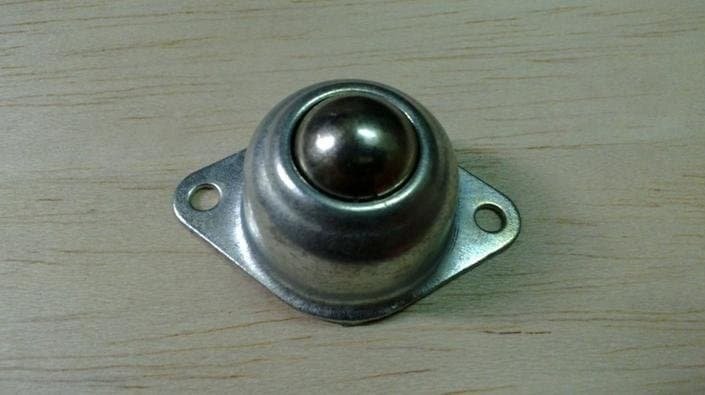

















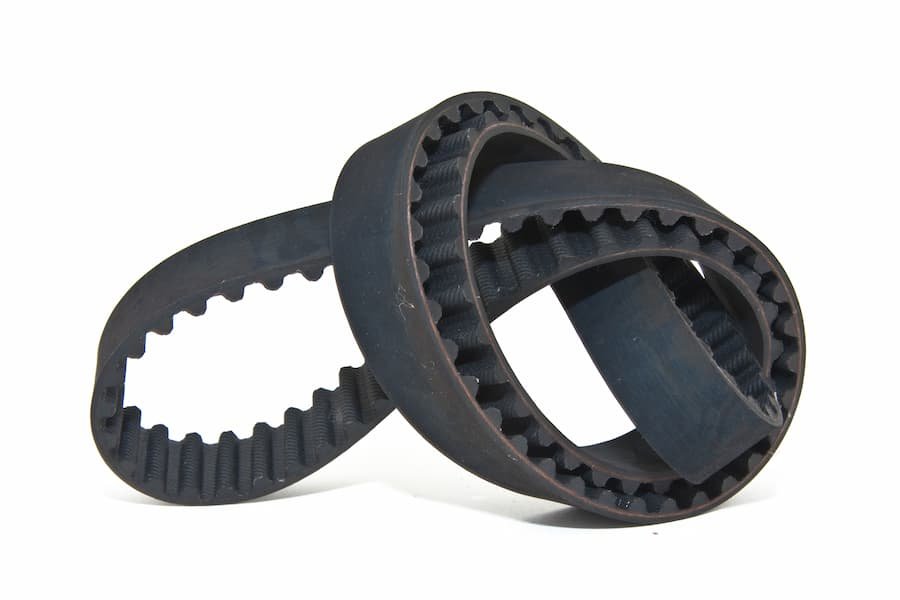



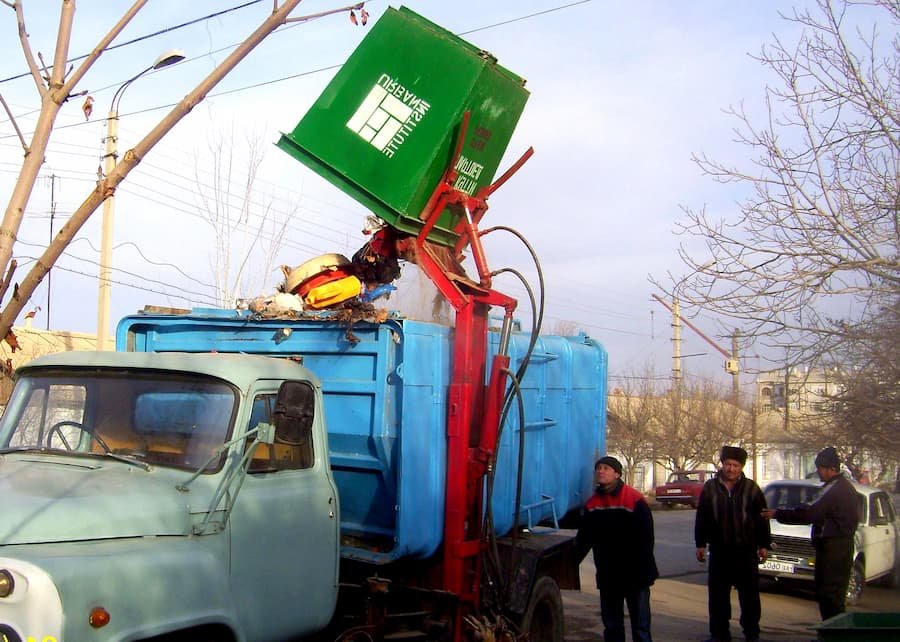








































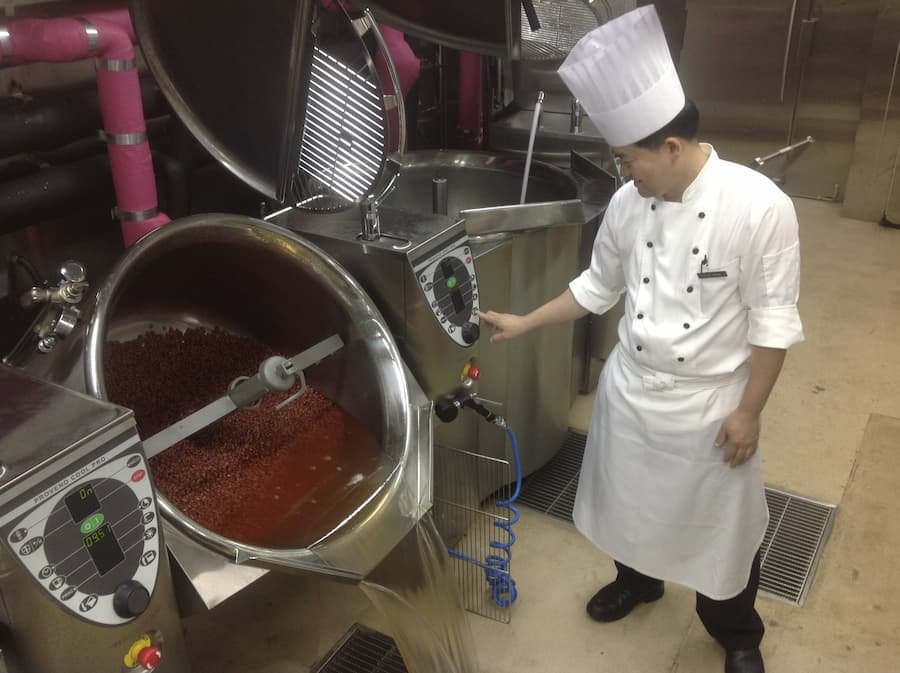




































0